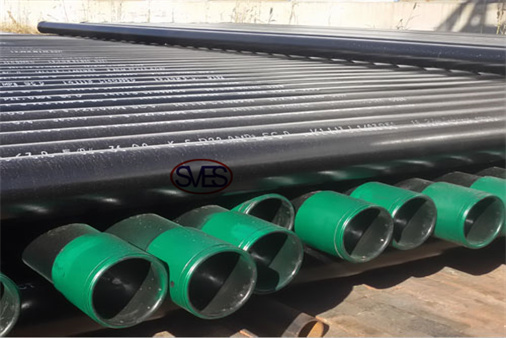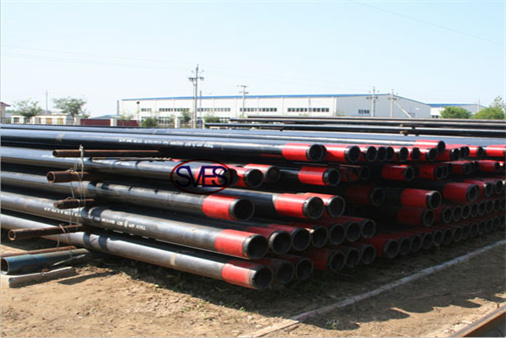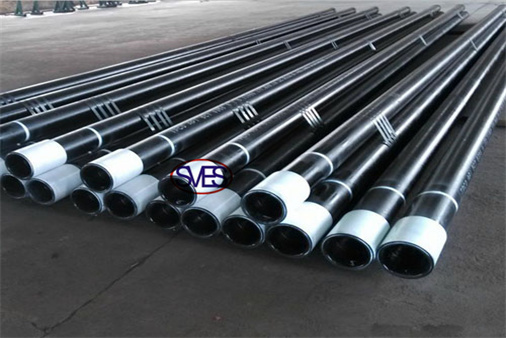
Design features of each layer of casing
2024-02-08 10:00casingDesign features of each layer of casing
API Casing pipes are an important part in the construction of oil and gas wells, and in field development. The pipes are lowered into the well, preventing the ground from falling. They are screwed into each other or are connected with a coupling element, forming a column throughout the well’s length.
Specifications
Steel Grade: J55,K55, N80,L80(13Cr),C90,P110,Q125
Out Diameter: 4 1/2"- 20" (114.3mm-508mm)
Length: R1, R2, R3
Connection: BE, PE, BTC, Premium connection
Thread type: BTC, LTC, STC, VAM Top
Inspection Method
Size and surface inspection
NDT and pressure test and third party certication
Hydrostatic
Drifting test
Physical and chemical analysis
Hardness and pressure test.
Electromagnetic
Magnetic particle
Ultrasonic
Design features of each layer of casing
For the design of surface casing, technical casing and oil casing, each has its own design characteristics and design characteristics.
1) Design features of the surface casing
The surface casing is a layer of casing for consolidating the surface loose layer and installing the wellhead blowout prevention device, and it also bears part of the weight of the casing in the lower layers. Therefore, the design characteristics of the surface casing are to withstand the formation pressure during downhole gas invasion or blowout, and the internal pressure resistance is mainly considered in the casing design to prevent the casing from being subjected to high pressure and bursting when shutting down.
2) Design features of the technical casing
The technical casing is a layer of casing that is used to seal the complex formation, and it has to withstand the internal pressure during the blowout and the collision and wear of the drilling tool in the subsequent drilling. The design characteristics of the technical casing are that it must not only have high internal pressure strength, but also have the ability to resist the impact wear of drilling tools.
3) Design features of oil layer casing
The reservoir casing is the last casing to be lowered in the oil and gas well, and the tubing is lowered into it, which is used for oil production. The depth of the casing in this layer is large, and the resistance to external extrusion is the focus of the lower casing. This layer of casing should be considered separately according to the problems it may encounter in production. If there is one and it is used for water injection, some wells need to be fractured or acidified in oil production, etc., and the casing may also bear a large internal pressure, and the oil layer casing of this well should be strictly checked for internal pressure strength; Some wells are mainly heated steam injection for thermal exploitation, and the casing will expand under long-term thermal action, resulting in large compressive stress, and the tensile safety factor when applying pretensile stress should be considered in the design.



